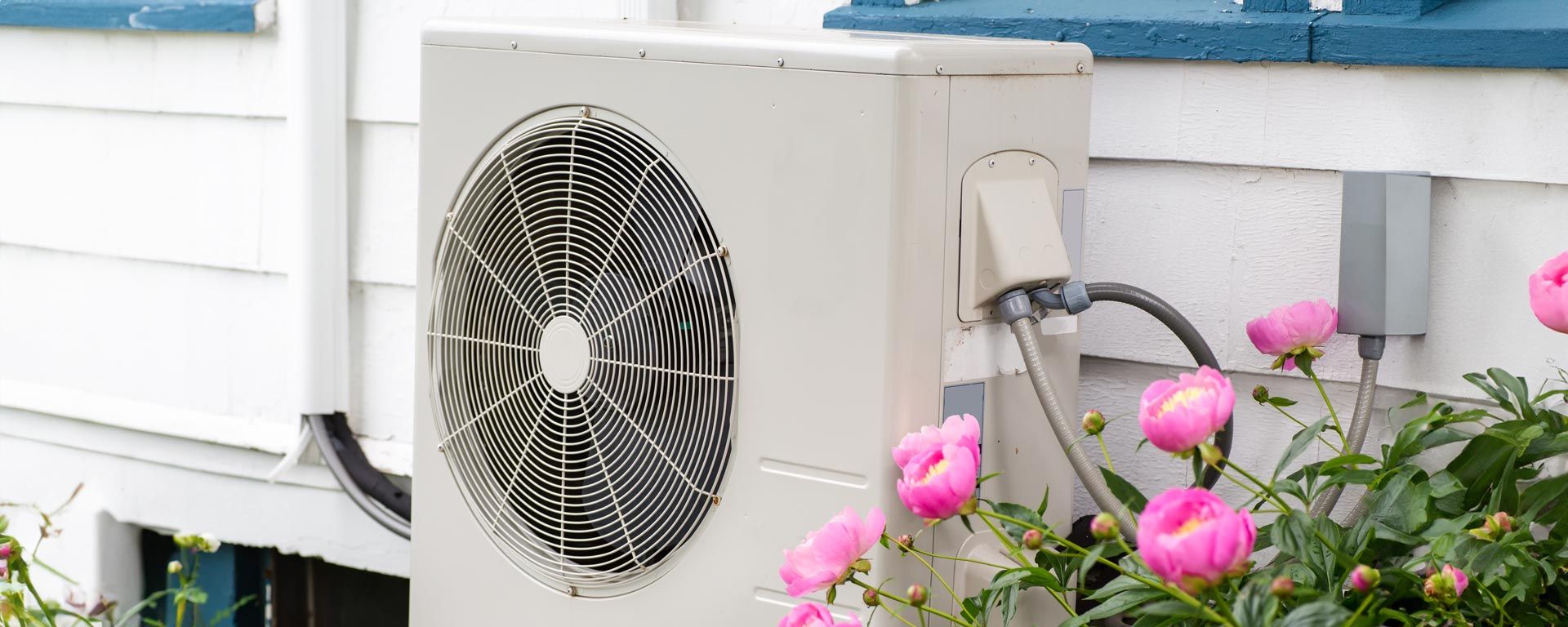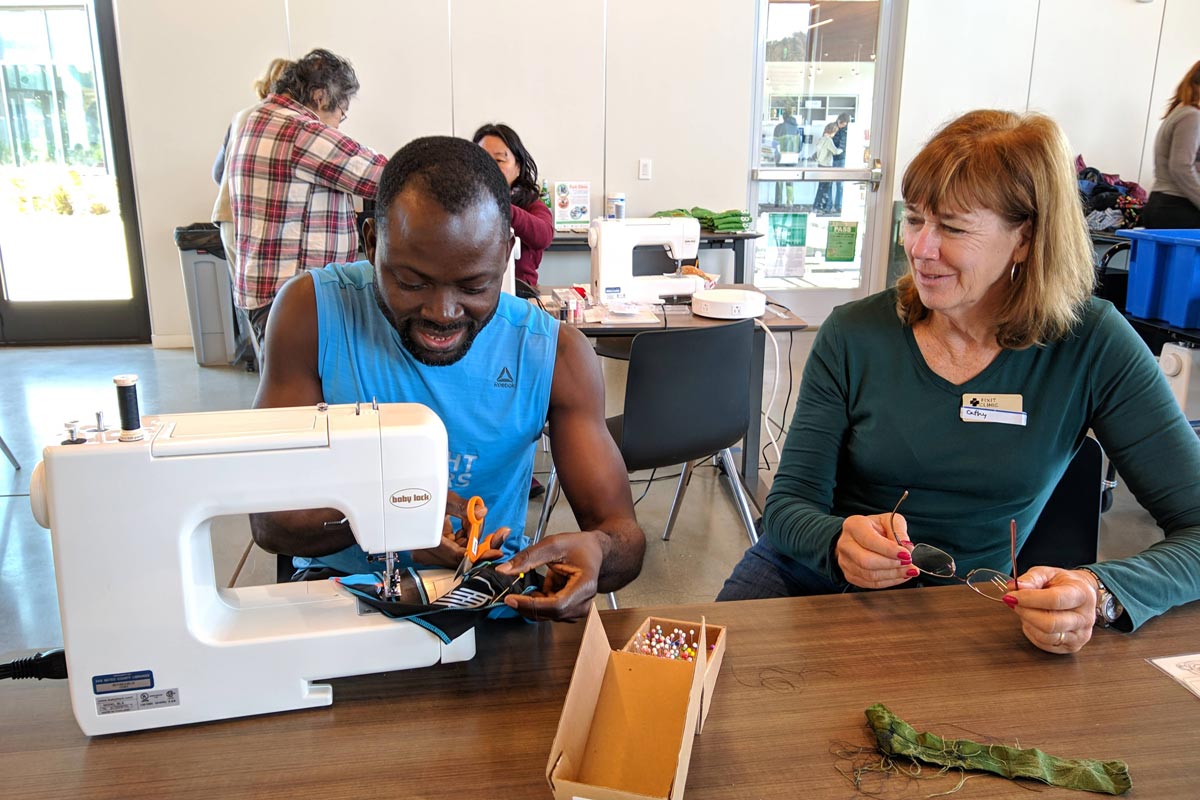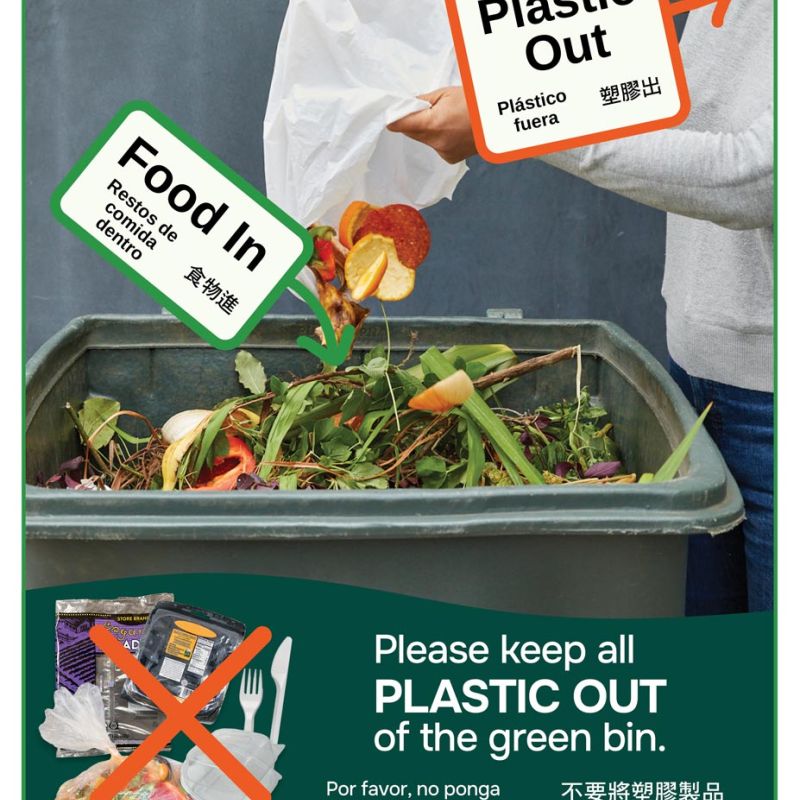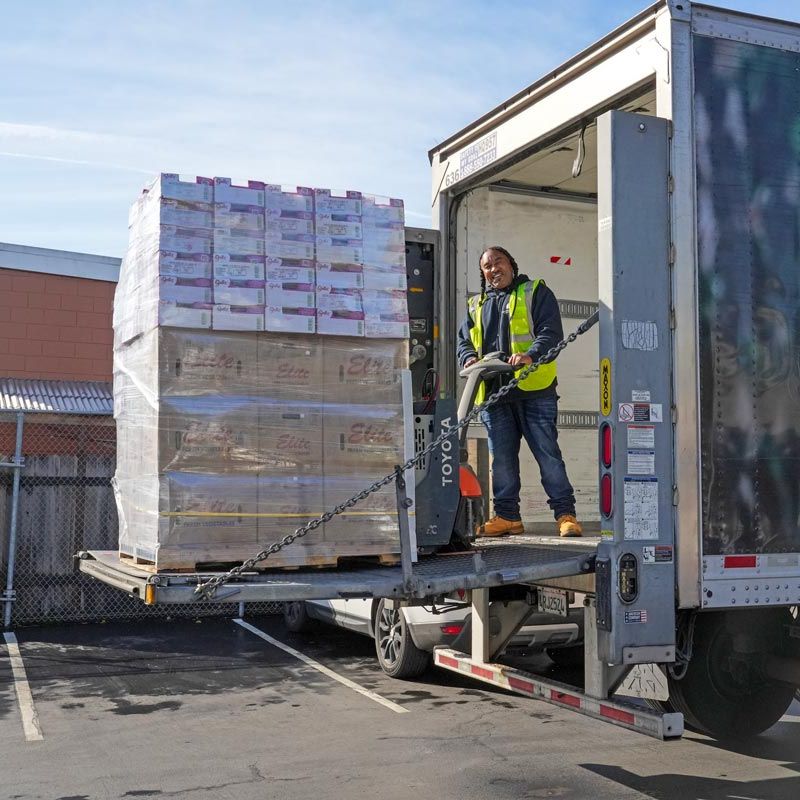
Building Energy
Buildings are the second largest contributor to greenhouse gas emissions in unincorporated areas of the County, accounting for 32% of all emissions. These emissions stem primarily from the use of methane gas (also called natural gas) in residential and commercial buildings. Transitioning away from methane gas in existing buildings will require electric replacements for existing equipment when it reaches the end of its useful life. The measures in this sector are designed to reduce emissions from new and existing buildings.
Goals:
- 2021: Electrify 100% of newly constructed buildings
- 2030: Electrify 16% of existing buildings
- 2040: Electrify 100% of existing buildings
Summary of Strategies
|
B-1.1 |
Reach code implementation. Support Planning and Building Department to implement existing reach code and ensure that the cost of permitting for all-electric projects does not exceed natural gas alternatives.
|
|
B-1.2 |
Heat pump water heater installation in new homes. Partner with Bay Area Regional Energy Network (BayREN) and Peninsula Clean Energy (PCE) to develop a pilot for deploying heat pump water heaters in new single-family and multi-family construction or major remodel or addition projects. |
|
B-1.3 |
Heat pump water heater incentives. Initiate a public-private partnership to create mid-stream incentives and/or bulk purchasing of heat pump appliance technology. Prioritize partnerships with small and underrepresented businesses. |
|
B-1.4 |
Renewable energy and storage technologies. Partner with PCE and Pacific Gas and Electric (PG&E) to identify locations for installing storage technology in tandem with renewable energy infrastructure. Prioritize community centers and libraries as backup power centers and resiliency hubs.(3) |
|
B-1.5 |
Electricity rate increase minimization. Work with PCE, BayREN, and other stakeholders to ensure that future ratemaking and rate-cases do not result in disproportionately high residential electricity rates for lower income residents. |
|
B-1.6 |
Energy efficiency in new construction. Improve energy efficiency in new construction through enhancements in the building envelope (aspects such as insulation, windows, door seals, airflow, façade materials) by adopting a more aggressive climate zone in the building code. |
|
B-1.7 |
Industry and workforce development. Provide and promote accessible local workforce development opportunities related to building electrification. Create new partnerships and economic opportunities to provide maximum benefit in the form of employment opportunities for the local workforce, residents with barriers to employment, and communities most affected by climate change. |
(3) A resiliency hub would be located at a critical facility and/or community center and, during an emergency event, would serve to support residents, coordinate communication, distribute resources, and, outside of emergency events, would reduce carbon pollution overall.
|
B-2.1 |
Natural gas phase out. Coordinate with PG&E and PCE to eliminate natural gas as an energy source in residential and commercial buildings throughout unincorporated areas by 2040. |
|
B-2.2 |
Existing building electrification. Investigate regulatory pathways for converting existing buildings to all-electric. Conduct a feasibility analysis for options including but not limited to a point-of-sale or listing requirement, replacement on burnout requirement for gas powered appliances, and a ban of sale of gas fired equipment among others. |
|
B-2.3 |
Electrification retrofit pilot. Partner with BayREN and PCE to develop a pilot for deploying heat pump appliance technology along with electric panel upgrades in large-scale retrofit opportunities in existing multi-family buildings, and other buildings such as homeless shelters and farmworker housing. |
|
B-2.4 |
Electrification opportunities assessment. Perform a County-wide electrification opportunities assessment in partnership with PG&E and PCE to identify priority buildings and neighborhoods for targeted electrification incentives. |
|
B-2.5 |
Pilot improvements for existing homes. Accelerate uptake of energy efficiency programs by landlords and renters of both multi- and single-family households. Utilize findings from county-wide electrification opportunities assessment and partner with BayREN, PCE, the Department of Housing, and community-based organizations to deploy an electrification, energy efficiency, and environmental health pilot. |
|
B-2.6 |
Electrification and renewable energy on-bill financing. Partner with PG&E or PCE to set up on-bill or accessible financing solutions for electrifying buildings and/or local renewable installations, including offering low-interest loans. |
|
B-2.7 |
Utility user fee evaluation. Evaluate feasibility and equity-related concerns of a utility user fee increase that could fund electrification projects. If feasible, and if it will not accrue disproportionately to minority groups and historically underserved communities, partner with PG&E and PCE to implement. |
|
B-2.8 |
Electrification outreach. Facilitate electrification of appliances (water heaters, space heaters, stoves and dryers) by expanding and improving targeted outreach for existing electrification programs and incentives. Initial phase may focus on buildings that have prewiring for electrification. |
|
B-2.9 |
Rental property owner incentives. Partner with the Department of Housing and local realtors to educate, engage, and incentivize building owners, and real estate and property management representatives to address split-incentive issues(4), with a focus on rental protection and minimizing cost increases for low-income renters. |
|
B-2.10
|
Energy efficiency in existing buildings. Improve energy efficiency in large additions (400 square feet or larger) by adopting a higher climate zone in the building code that more accurately reflects anticipated climatic shifts. By responding to changes in climatic conditions, new energy efficiency building standards become cost-effective and can be adopted. |
|
B-2.11 |
Green business program expansion. Expand the reach of the Green Business Program to support 10% more small and medium businesses and establish a GHG reduction goal specifically for unincorporated businesses. Proactively recruit historically underserved businesses and identify opportunities to simultaneously share information about other retrofit/upgrade programs. |
(4) “Split incentive” refers to a condition where the benefits and costs of capital improvements are unequally distributed. An appliance upgrade, for example, might produce savings or benefits for one party (the renter) while the costs are born by the other party (the property owner).
|
B-3.1 |
Capacity mapping. Use utility distribution system capacity maps to investigate the feasibility of siting and maintaining microgrid, solar or wind combined with storage, and other distributed energy resource project opportunities. |
|
B-3.2 |
Microgrid pilots. Establish microgrid pilot projects and distributed energy resources at critical facilities across San Mateo County (e.g., schools, hospitals, fire, police). |
|
B-3.3 |
Battery storage. Support and enhance PCE’s existing battery storage incentive program. |
|
B-4.1 |
Cool roof technology. Develop and adopt regulations or modify existing adopted regulations to require reroofing projects to meet or exceed the most current cool roof efficiency standards as determined by the California Energy Commission for Building Climate Zone 11 (or whichever zone more accurately reflects anticipated shifts in climatic conditions). |
|
B-4.2 |
At-risk housing and community facility electrification. Explore electrification opportunities when developing adaptation strategies for housing and community facilities. Provide technical assistance and support to public schools and communities to plan for electrification of housing and community facilities vulnerable to climate risks. |



